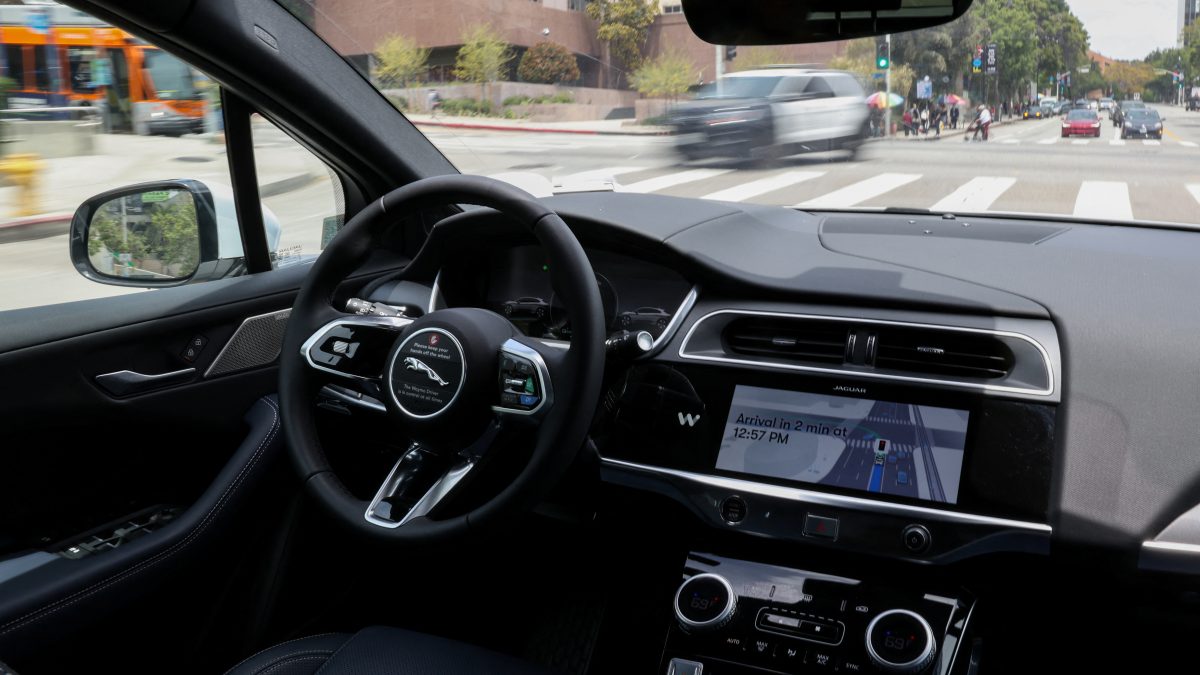According to Meta CEO, Mark Zuckerberg, the future of personal computing lies on your face and not in the palm of your hand.
Zuckerberg turned his attention to AI-powered smart glasses as the next major platform after Facebook’s phone experiment, Buffy, failed.
After years of dependence on the mobile ecosystems of Apple and Google, Zuckerberg is focusing on AI glasses as the next tech platform, which could potentially replace smartphones. Although it’s a risky gamble and there has been an initial traction, the path to broad adoption of the AI glasses is riddled with complications.
Meta’s venture into AI glasses is not only forward-thinking, but also financially motivated. The firm invested $3.5 billion in EssilorLuxottica, the company behind Ray-Ban, reinforcing its long-term investment in the wearables category. This move shows Zuckerberg’s aim of removing Meta’s dependence on iOS and Android by creating a new computing platform which will be run by Meta.
Created in collaboration with EssilorLuxottica, Meta’s Ray-Ban Meta smartglasses are marketed as a fashionable yet practical introduction to wearable technology enhanced by artificial intelligence. The company’s generative AI assistant, Meta AI, is integrated with the second-generation model, which was introduced in late 2023 and boasts better audio and hands-free video capture.
During internal company meetings, Zuckerberg reportedly referred to the glasses as the “supercomputer on your face” that could eventually completely replace smartphones. He has also been seen wearing them in public on multiple occasions.
Impact Shorts
More ShortsConsumer adoption and market response
While Meta’s idea may appear futuristic, the market response has been positive. Meta reports that over one million pairs of Ray-Ban Meta smart glasses were sold in 2024. In a spring all-hands conference, Zuckerberg announced that by April/May 2025, revenues would have tripled and monthly active users will have quadrupled.
The attraction is in the hands-free convenience: users can ask questions, play music, snap photographs, or livestream directly to social media without having to pull out their phones. Early users have commended the glasses for their combination of functionality and delicacy, as opposed to larger AR headsets.
Still, expanding from a million to hundreds of millions of people, or smartphone-scale acceptance, is a very different task.
But there are unanswered questions and consumer uncertainty
Despite promising first results, significant practical and societal challenges remain.
Smart glasses are more than just a piece of technology; they’re an extension of a person’s look, and not everyone is ready to wear electronics on their faces.
Despite their rising popularity, AI glasses have not won everyone over. There are also cultural attitudes to change: conversing to an AI assistant through glasses may feel strange to many people, particularly in public places. The device’s screenless design also restricts its use for tasks that need visual feedback, such as reading emails, editing images, or streaming videos.
Competition is coming
Despite its current lead, Meta may not maintain it for very long.
Apple is reportedly working on creating its own AI-enhanced smart glasses, which should be available by 2026. The company’s entry into the market is interpreted as both a validation of Meta’s strategy and an indication of intense competition.
The market for smart glasses could be significantly altered by Apple’s entry. It is also expected that Google and Samsung will enter the competition, setting the stage for a major platform war in wearable technology.
A question for you
Can AI glasses, then, truly take the place of smartphones?
It will depend on more than just hardware, but Zuckerberg is betting billions that the answer is yes. To make that vision a reality, consumer behaviour, privacy regulations, design sophistication, and AI capabilities must all cooperate.
The discussion is far from finished. These days, rather than directly replacing smartphones, AI glasses might be a specialised addition. But in a few years, they might take over as the primary interface for our interactions with the digital world, including communication and searching.


)

)
)
)
)
)
)
)
)



